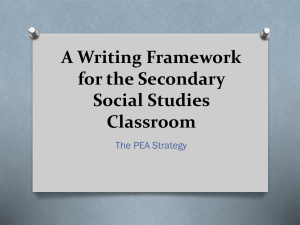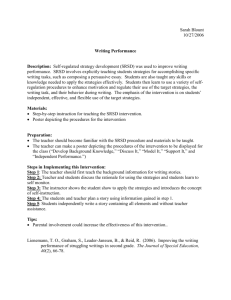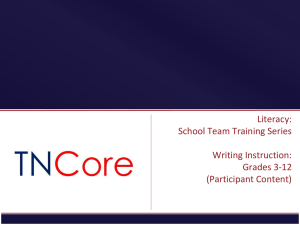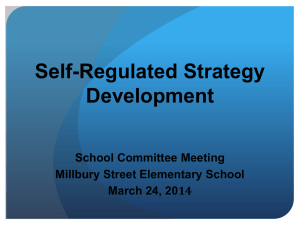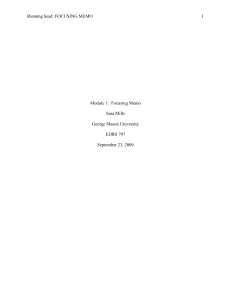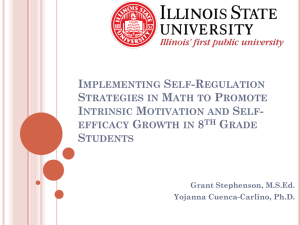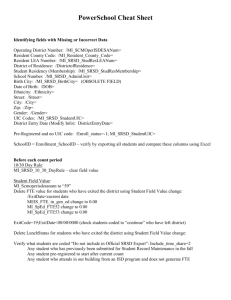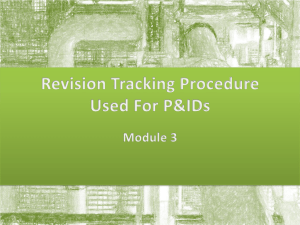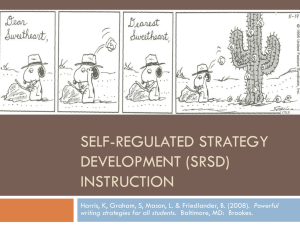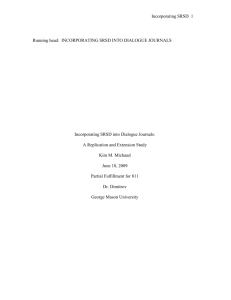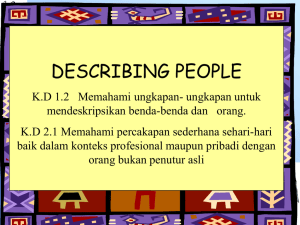Min-Chi`s Power Point
advertisement
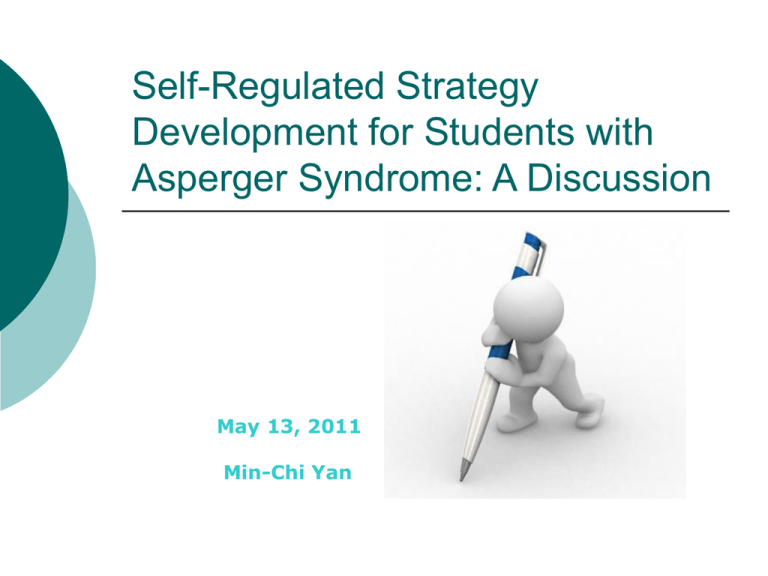
Self-Regulated Strategy Development for Students with Asperger Syndrome: A Discussion May 13, 2011 Min-Chi Yan Reviewed Article Delano, M. E. (2007). Use of Strategy Instruction to Improve the Story Writing Skills of a Student With Asperger Syndrome. Focus on Autism and Other Developmental Disabilities, 22(4), 252258. Background Asperger Syndrome (AS) =High–Functioning Autism (HFA) Characteristics Impairments in Social Relationships and Communication Restrictive, Repetitive Patterns of Behavior and Interest Fields of Interests Psychiatry and Psychology Special Education Academic Needs Academic Settings (33%) General education classrooms Challenges Academic problems Learning disabilities Organizational difficulties Inflexibilities Literal thinking style Purpose Evaluate the use of Self-Regulated Strategy Development (SRSD) writing instruction Why centers on Writing Skills? Academic Success No Child Left Behind (NCLB; 2001) Later Job Performance SRSD Model An Evidence-Based Writing Intervention for Individuals with Learning Disabilities (LD) Writing Strategies Self-Regulation Procedures Improvement in Quantity and Quality of Writing SRSD Model: 6 Stages Independent Performance Support SRSD Memorize SRSD Model SRSD Discuss SRSD Develop and Activate Background SRSD Model SRSD for Students with AS Provide Explicit Strategies for Success Address Motivation and Perception of the Student’s Ability to Meet Task Demands Participants 1 Student Participant 12-year-old, 6th grader with AS Scored 110 (Asperger Syndrome Diagnostic Scale) Average Intelligence Writing difficulties Limited keyboarding skills Special Education Classroom (Language Art and Math) General Education Classroom (Content Area and Elective classes) Setting A conference room near the researcher’s office Design Single-Subject Design Multiple baseline design across responses Action words Describing words Revisions Procedures Preference Interview Baseline Strategy Training→ Post-training Story Probe Picture-writing prompts Strategy 1: Action words Strategy 2: Describing words Strategy 3: Revisions Follow-Up Probe 2 weeks after the last post-instruction probe Example of Picture-Writing Prompt Example of Revision Ideas Dependent Measures Quantitative measures Total words written Action words Describing words Revisions Holistic quality scale (1-7) Overall organization Word choice Focus Elaboration Reliability and Fidelity Reliability of Dependent Measures 100% (writing samples) 100% (total word written and revisions) 83%-100% (action words) 80%-100% (describing words) 80%-100% (quality) Fidelity of Treatment Implementation 100% Student Performance Results of Dependent Measures Baseline: short sentences; no more than 11 words; 1-2 action words; no describing words; no revisions Following Strategy 1: 26 words; 6.7 action words; no describing words; no revisions Following Strategy 2: 47 words; 7.0 action words; 6.3 describing words; no revisions Following Strategy 3: 84 words, 13.6 action words; 7.6 describing words; 3 revisions Results of Writing Quality Baseline: 1 Following Strategy 1: 2.6 Following Strategy 2: 3.6 Following Strategy 3: 5.0 Important BIG Ideas The SRSD intervention can potentially produce positive changes in both quantity and quality of writing for students with AS. More focused intervention (Strategy 3) is recommended in SRSD for students with AS to improve their overall writing quality. Some Questions to Consider Will SRSD still be feasible if the picture-writing prompt is not used? there is more than 1 participant? it is implemented in a natural environment (e.g., general education classrooms)? it is integrated into regular writing sessions with other students with different academic needs? Some Questions to Consider How can we make SRSD be more effective in maintaining gained writing skills for students with AS? Natural agents (e.g., typical teachers) Peers of students with AS Parents/families of students with AS ~The End~
